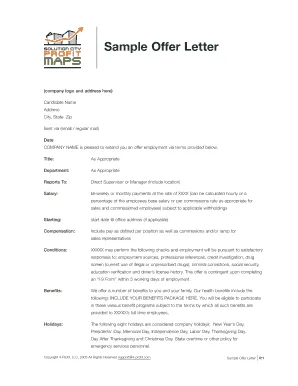Why a Salary Requirements Cover Letter Matters
A salary requirements cover letter is a crucial element in your job application, often serving as your first introduction to a potential employer. Its importance lies in its ability to showcase your understanding of the role, your value proposition, and your expectations regarding compensation. By explicitly stating your salary requirements, you initiate a transparent conversation about your financial needs, which can save both you and the hiring manager valuable time and resources. A well-crafted letter not only demonstrates professionalism but also positions you as a serious candidate who has considered their worth and the market value of the position. Ignoring this aspect can lead to misaligned expectations and missed opportunities, highlighting the need for a well-structured and thoughtful approach when addressing salary in your cover letter. This initial transparency fosters trust and opens the door for productive negotiations later on.
Understanding the Purpose of a Salary Cover Letter
The primary purpose of a salary requirements cover letter is to bridge the gap between your aspirations and the employer’s offer. It’s not merely about stating a number; it’s about presenting your value in a way that aligns with the job’s responsibilities and the industry standards. The letter serves as a strategic tool to communicate your financial expectations while reinforcing your suitability for the role. It allows you to demonstrate that you have researched the position and understand its demands, making you appear prepared and knowledgeable. By presenting your salary expectations confidently and articulately, you set the tone for future negotiations. The cover letter acts as your voice in the initial stages of the hiring process, emphasizing that you are not only qualified but also financially aligned with the opportunity.
Key Components of a Salary Requirements Cover Letter
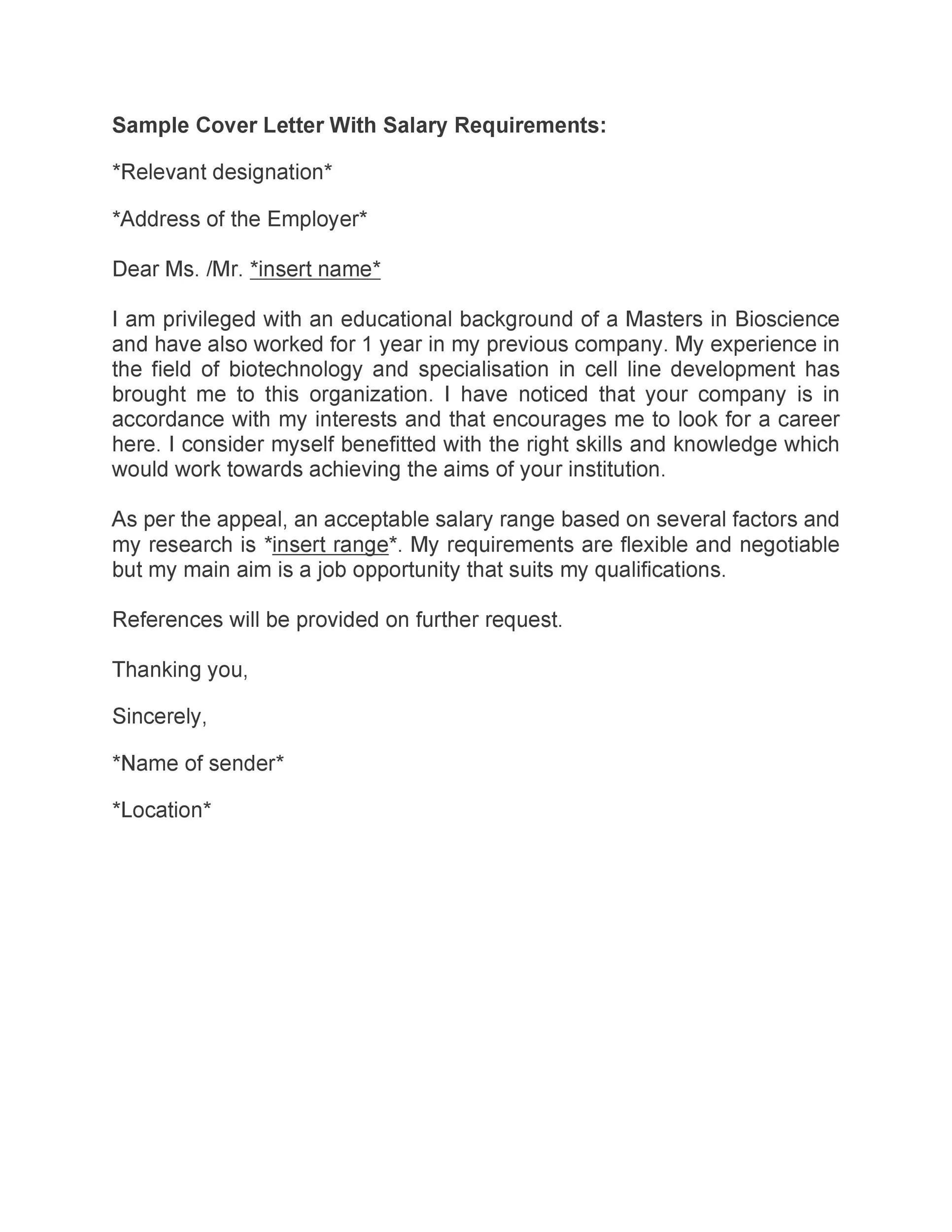
A well-structured salary requirements cover letter consists of several essential components designed to convey professionalism and clarity. These elements, when combined, help you effectively communicate your value and expectations to the hiring manager. The goal is to provide a clear and concise message that leaves a positive impression while addressing critical aspects of the job application process. Missing any of these components could weaken your application, so it’s vital to include each aspect thoughtfully.
Your Contact Information and the Date
Start with your contact information – your name, address, phone number, and email address – in the upper left-hand corner. Directly below this, include the date you are writing the letter. This section establishes your identity and allows the recipient to easily reach you.
The Hiring Manager’s Name and Title
Address the letter to a specific person if possible. Research the hiring manager’s name and title, and use them in your salutation. This personalized approach demonstrates that you have taken the time to learn about the company and the individual, which is a sign of genuine interest.
A Compelling Opening Paragraph
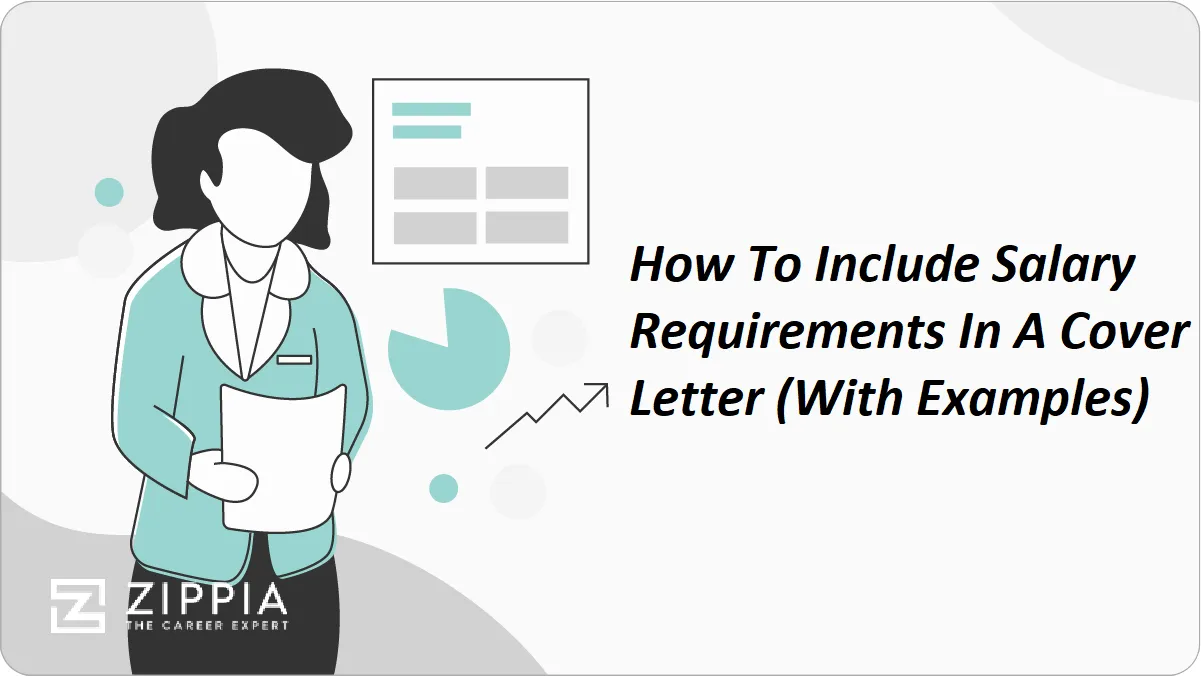
Begin with a strong opening that captures the reader’s attention. State the position you are applying for and briefly explain why you are interested in the role and the company. Mentioning a specific achievement or skill relevant to the job in this initial paragraph can make your application stand out.
Highlighting Your Qualifications and Skills
In the body of your letter, showcase how your skills and experience align with the job requirements. Provide specific examples of your accomplishments and quantify your achievements whenever possible. Use action verbs to describe your responsibilities and emphasize the value you would bring to the role.
Aligning Your Skills With the Job
Carefully review the job description and identify the key skills and qualifications the employer is seeking. Then, demonstrate how your skills and experiences directly match these requirements. This alignment proves that you understand the job and can perform its duties effectively.
Quantifying Your Achievements
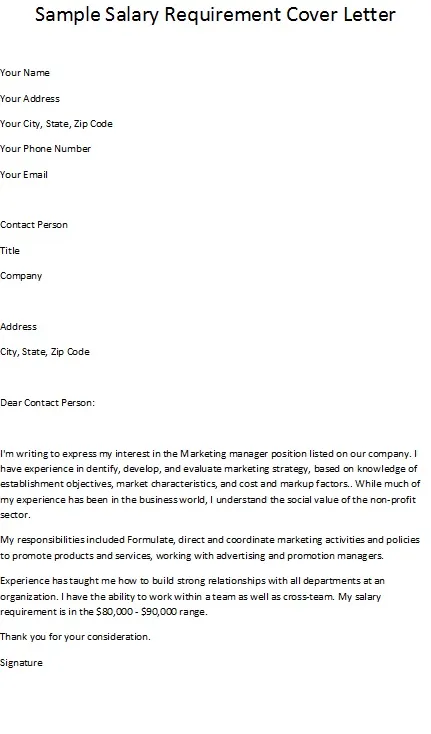
Wherever possible, quantify your achievements using numbers or percentages. For example, instead of saying, ‘I improved customer satisfaction,’ say ‘I increased customer satisfaction by 15% through enhanced support strategies.’ Quantifiable results provide concrete evidence of your abilities and make your achievements more impactful.
Clearly Stating Your Salary Expectations
In the salary requirements section, be clear and concise. Instead of stating a range, provide a specific number or a tight range. If possible, base your salary on your research of industry standards, your experience level, and the job location. This indicates that you have researched and are realistic about your expectations.
Researching Salary Ranges
Before stating your salary, research the typical salary range for similar positions in your location. Websites like Glassdoor, Salary.com, and Payscale offer valuable insights. Understanding the market value of the role will help you set a competitive salary expectation. This also showcases that you are informed and realistic about your expectations.
Presenting Your Expected Salary
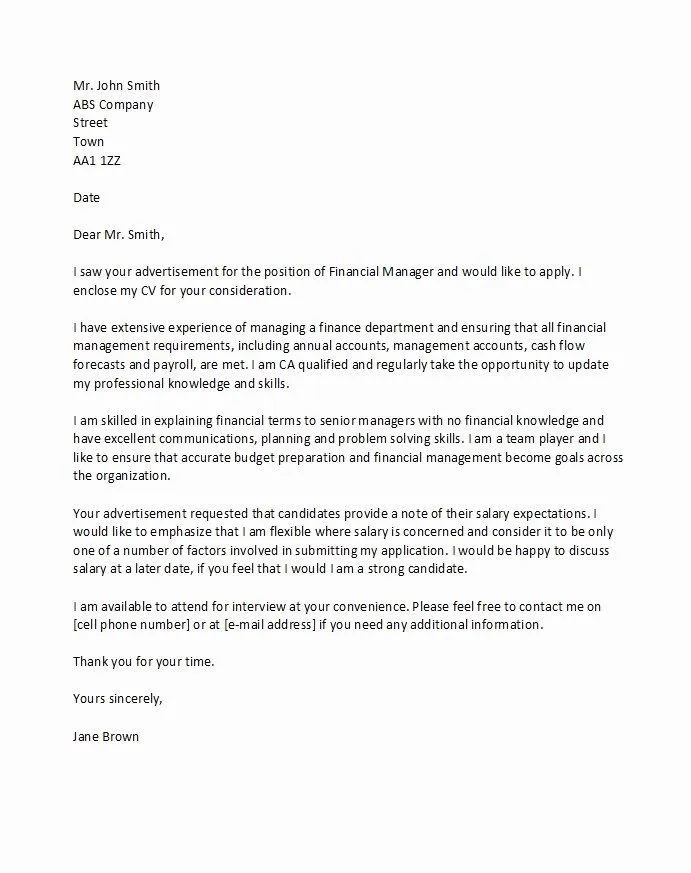
When presenting your expected salary, be specific. Consider stating a specific figure or a narrow range, such as $X to $Y. This shows confidence and provides the employer with clear information. Avoid using vague terms like ’negotiable’ or ‘competitive’ unless you are uncertain about market rates.
Salary Negotiation Flexibility
Express some flexibility in your salary requirements, indicating your willingness to negotiate. You can state that you are open to discussing the salary further based on the overall compensation package. However, ensure your flexibility is within a reasonable range to protect your financial needs.
Expressing Enthusiasm for the Opportunity
Show your genuine interest in the role and the company. Mention specific aspects of the job or the company’s mission that appeal to you. This enthusiasm demonstrates your commitment and makes your application more compelling.
Thanking the Hiring Manager
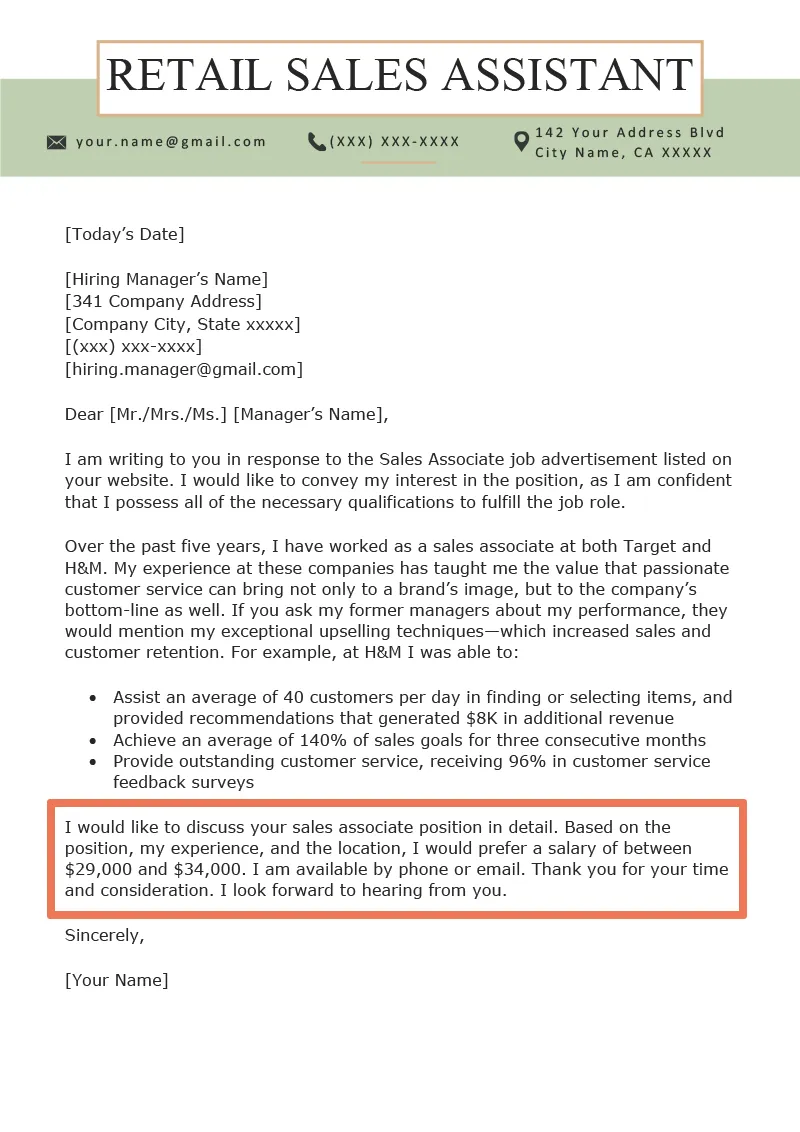
End your letter by thanking the hiring manager for considering your application. Express your eagerness to hear from them and reiterate your interest in the position. This final touch leaves a positive impression and encourages further communication.
Professional Closing and Signature
Use a professional closing, such as ‘Sincerely’ or ‘Best regards,’ followed by your typed name. If submitting a hard copy, leave space for your signature above your typed name. This formal conclusion completes the professional tone of your letter.
Formatting and Proofreading Tips
Proper formatting and meticulous proofreading are essential for creating a polished and professional salary requirements cover letter. These elements ensure your message is clear, easy to read, and free of errors, leaving a positive impression on the hiring manager. The attention to detail reflects well on your application, reinforcing that you are a capable and diligent candidate.
Formatting Your Cover Letter
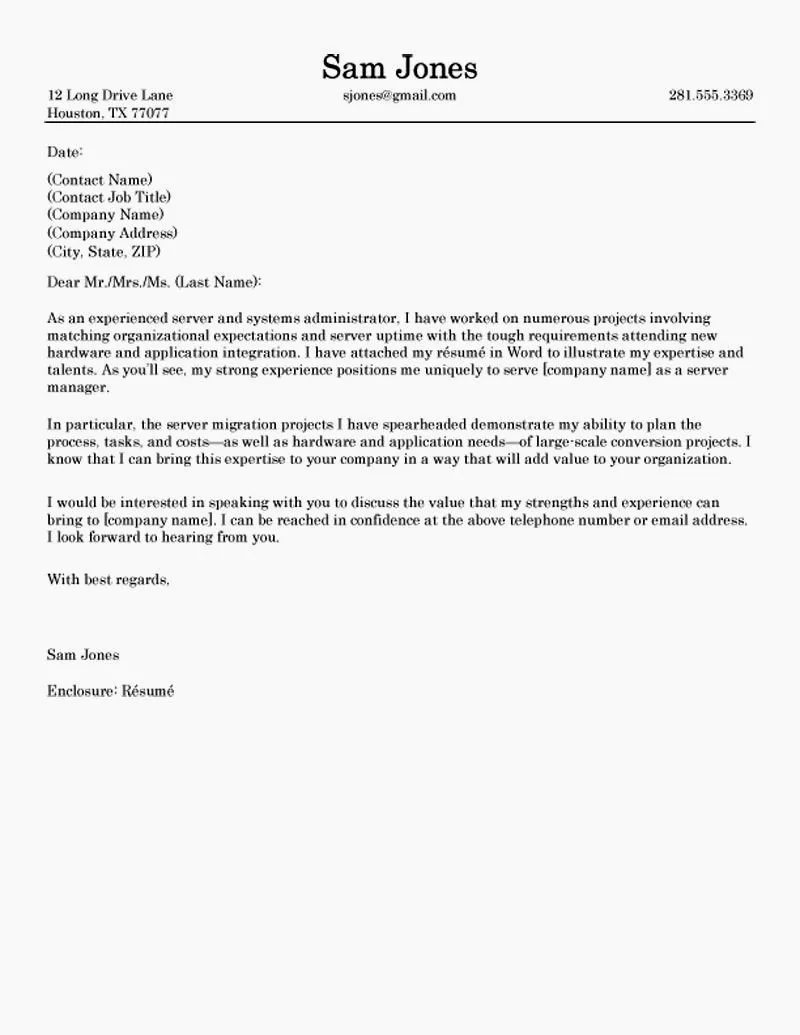
Use a professional font, such as Times New Roman, Arial, or Calibri, in a readable size (11 or 12 points). Ensure consistent spacing and margins throughout the document. Use clear headings and paragraphs to organize your content. Aim for a clean and easy-to-read layout that allows the reader to quickly understand your key points.
Proofreading for Errors
Proofread your letter carefully for any grammatical errors, spelling mistakes, or typos. Errors can detract from your professionalism and credibility. Read your letter aloud to catch any awkward phrasing. Consider asking a friend or colleague to proofread it for you, as a fresh pair of eyes can often spot errors you might miss. Always double-check the company’s name, the hiring manager’s name, and the job title for accuracy.
Tailoring Your Cover Letter
To maximize your chances of success, tailor your cover letter to each job application. This demonstrates that you have invested time and effort in understanding the specific needs of the role and the company. Personalization helps you stand out from other applicants and shows that you are a serious candidate.
Adapting to Different Job Types
Different job types may require varying approaches in your cover letter. For instance, a creative role might allow for a more informal tone and a focus on showcasing your portfolio, while a corporate position might require a more formal and structured approach. Research the company’s culture and the industry standards to determine the appropriate tone and format for your letter. Tailor the content to highlight the skills and experiences most relevant to the specific job.
Using Keywords Effectively
Incorporate keywords from the job description into your cover letter. This can help your application pass through applicant tracking systems (ATS) and highlight your relevance to the role. However, avoid keyword stuffing; the letter should still read naturally and be focused on your qualifications and experiences. The strategic use of keywords improves the visibility of your application.
Common Mistakes to Avoid
Avoiding common mistakes can significantly improve your cover letter. Recognizing and correcting these issues will make your application more professional and effective.
Writing Too Much About Yourself
Avoid writing a self-centered cover letter that focuses solely on your needs and ambitions. Instead, emphasize how your skills and experience can benefit the employer. Make the letter about what you can do for the company, not just what the company can do for you. Show how your contributions can align with the company’s goals and objectives.
Neglecting to Research Salary Ranges
Failing to research salary ranges can lead to unrealistic expectations or undervaluing yourself. Researching industry standards, considering your experience level, and taking into account the job’s location are essential. Use credible resources to establish a realistic salary expectation and avoid requesting an amount that is out of line with the market.
Forgetting to Proofread
Neglecting to proofread your cover letter can undermine your credibility. Errors in grammar, spelling, or punctuation can make you appear unprofessional and careless. Proofread your letter thoroughly, and ask a friend or colleague to review it as well. A clean and error-free cover letter shows that you pay attention to detail.
Finalizing and Submitting Your Cover Letter
Before submitting your cover letter, take a final look to ensure it meets all requirements and presents you in the best possible light. This crucial step ensures that your application will be well-received and increases your chances of moving forward in the hiring process.
